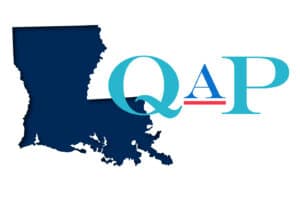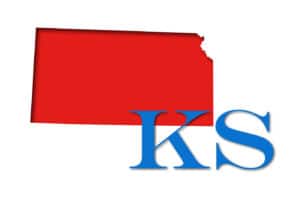A new report shares findings of a survey conducted by Vermont Housing Finance Agency in late July, with assistance from the Vermont Department of Housing and Community Development (DHCD). The survey asked town officials about barriers to and incentives for affordable housing development in their community. Key findings from the survey include:
- Constraints in municipal and community water systems are restricting housing development. 55 percent of town officials feel that their municipal water systems are limiting the development of new homes and 60 percent say the same about their sewer systems. These constraints are greatest for middle-sized towns with a population of 1,001 to 3,000.
- Vermont towns have high minimum lot sizes. 71 percent of surveyed towns had a minimum lot size of a half-acre or larger somewhere in their borders. Only 36 percent allowed minimum lot sizes of a quarter- acre or less. Unnecessarily large minimum lot sizes are incredibly detrimental to the development of affordable homes because the cost of land will ultimately be passed on to the buyer or renter.
- There is a divide in the maximum density allowed in each town. Over one-quarter of Vermont towns restrict the maximum allowed density to fewer than three units per acre while another quarter allow a residential density of 20 or more units per acre. Artificially limiting density creates a large barrier to affordable development because it eliminates the economies of scale needed to keep costs per unit down. Like infrastructure constraints, density changes with population. Over two-thirds of towns with fewer than 3,000 people have a maximum density of three units or fewer per acre. Only 14 percent of towns with over 3,000 people limited residential development to this density. The plurality, or 46 percent, of these towns allowed 20 units or more per acre.



